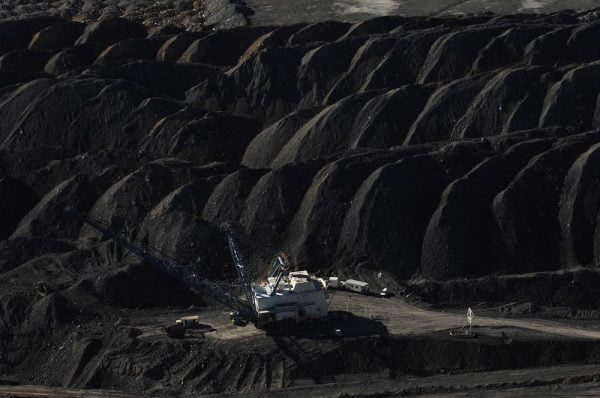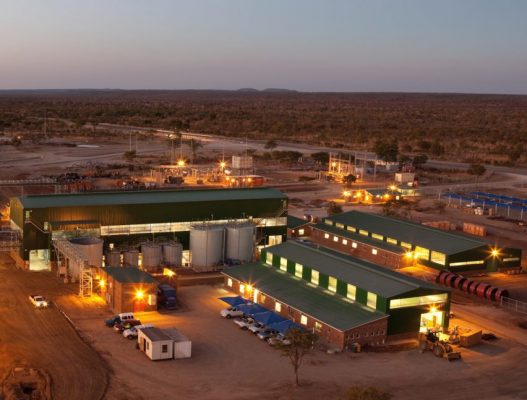Shifting away from coal, those days are never coming back

A photograph in the entrance hall at Komati Power Station shows the plant in better times, its nine generating units belching steam and smoke into the night sky.
Those days are never coming back: Komati’s sole remaining working unit is facing closure within two years under plans by state power utility Eskom Holdings to shut about a quarter of its coal-fired capacity by 2030. Next door at the Goedehoop mine, arrays of solar panels line the main access road, a sign of what may be to come for South Africa’s coal belt. For decades, almost all the electricity needed to power Africa’s most industrialised economy has been produced by a fleet of ageing coal-fired plants constructed alongside the mines to the east of Johannesburg. That’s made the province of Mpumalanga, in which Komati is located, one of the most coal-dependent and polluted regions on Earth.
Decommissioning those plants is essential if President Cyril Ramaphosa is to meet a commitment to reach net-zero carbon-dioxide emissions by 2050, and yet the closures also put tens of thousands of jobs at risk. Potentially destabilising anywhere, in South Africa it’s a recipe for dangerous economic and political upheaval that’s prompted the government and industry to sign on to the concept of a “just energy transition” — an attempt to create new employment and win public buy-in for the impending change. “If you look at some of these communities, they have been dependent on the power station and, in some cases, mining for many many decades, generations,” said Mandy Rambharos, head of Eskom’s Just Energy Transition office.
“You can’t just lock the door, throw away the keys and walk away.”
South Africa’s current plans are still “highly insufficient” to help meet global climate goals, according to Climate Action Tracker, which provides independent scientific analysis. And with South Africa yet to submit an updated set of climate commitments ahead of the United Nations COP26 summit in the Scottish city of Glasgow in November, the government is under pressure to set more ambitious goals.
The lack of certainty over the future is unsettling for those on the front line who must shoulder the burden of change.
They include Cathy Mkhuma, who was born in Komati and now represents it as a local government councillor for the ruling African National Congress. Mkhuma (36) has witnessed the town’s demise up close: Her father worked as a gardener for Eskom, which started generating electricity in the town in 1961.
In that time, “it has changed from best to worst,” she said as she stood next to a drab community library, across the road from abandoned sports facilities that Eskom once paid for.
“There’s nothing left.”
South Africa’s challenge in filling that void is one that’s confronting coal belts from Pennsylvania to Poland, China and Australia as pressure increases to eradicate a fossil fuel that is the single biggest contributor to global climate change. While the economic and environmental logic points to the shift away from coal, the political will to make it happen can be harder to summon because of the need to mitigate the impact of job losses. — Bloomberg.




